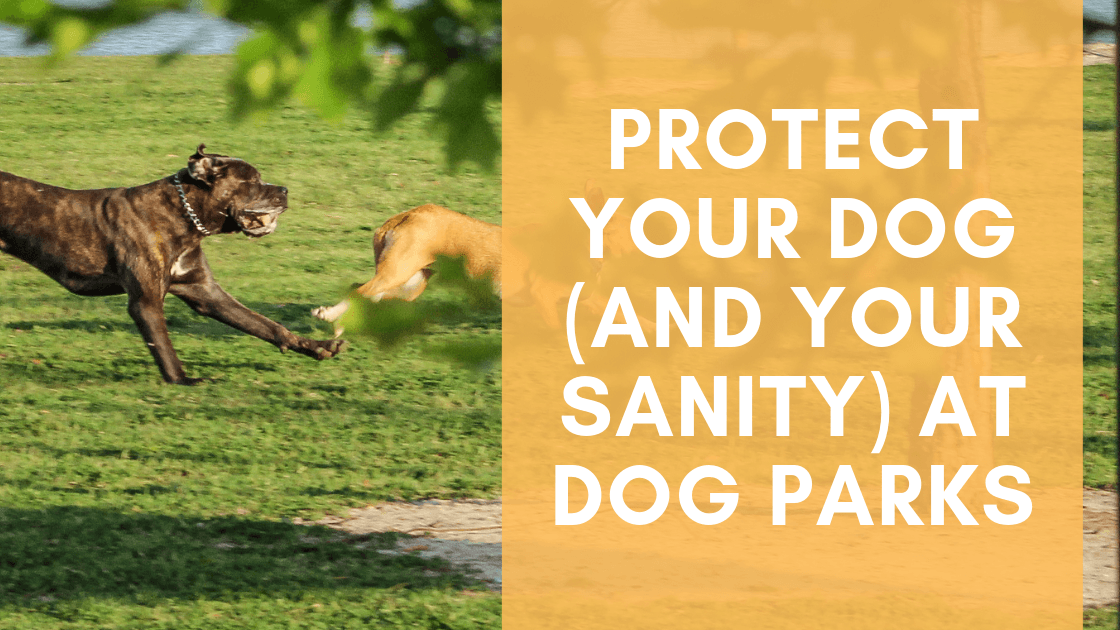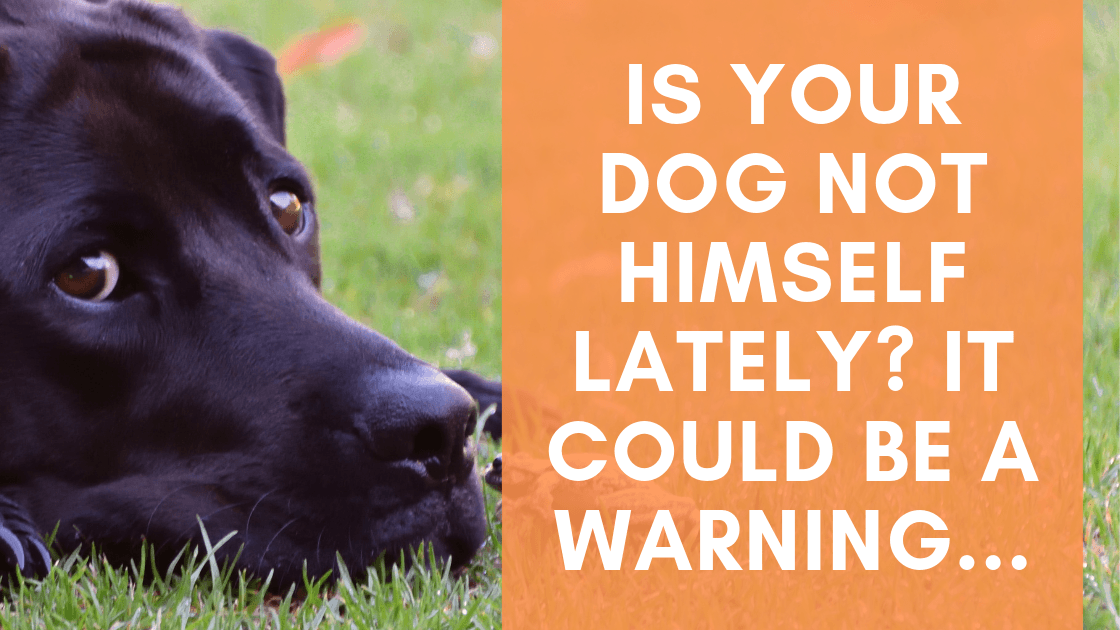If you’ve ever seen a 1-year-old Great Dane, you know he’s a big boy. It’s awe-inspiring to see how quickly an animal can go from birth size to holy-moly size in one short year.
According to a 2013 study that appeared in The American Naturalist, large dogs age faster than small dogs, which is why they die younger. The median age for a large dog’s death is 5 to 8 years.
Part of this shortened lifespan is that larger dogs have more health issues. Let’s take a look at some of the steps you can take to make sure your pup lives at his healthiest levels.
Pay attention to your dog's weight
It may be cute to see him catch a piece of cheese you toss his way, but fatty human food isn’t meant for Rover. Too much of our food – as well as too much of his food – can make him overweight. And that just isn’t worth a cheese-toss.
A larger dog logically weighs more, and obesity can cause joint problems, diabetes and heart disease, as well as make orthopedic problems like hip dysplasia and arthritis worse. Keep your dog on a consistent feeding schedule, and ask your vet if you’re unsure how much food he needs daily.
Looking for some more resources to help keep your dog's weight healthy and optimal? Don't miss these articles:
- Picking the Right Dog Foor for Your Large Breed Dog
- Keys to a Healthy Diet for Your Dog
- Are Your Dog's Treats Healthy?
Take care of your dog's teeth
Your dog’s breath might be skunk-level awful, but don’t skimp on regular brushing. Tooth decay is a serious health problem in dogs as it can cause kidney and heart infections. His teeth need cleaning a couple of times a week, and a specially angled dog toothbrush makes cleaning easier.
You can buy a kit at pet stores, and be sure to only use the toothpaste that comes with it; our toothpaste can harm them. If there’s a significant buildup of plaque, head to your vet to have it removed.
Make sure your dog gets enough physical exercise
A large dog needs 30 to 60 minutes of daily exercise to keep him at his healthy weight. Solo bonding time, like a walk or a jog, is great for your relationship, and your dog may also benefit from time at a dog park with other pooches. Just be sure to exercise him before heading to the park, as a dog park is really meant to be a supplement and not your dog’s one source of activity.
More reading on physical exercise for your large breed dog:
- Dog Park Ettiquette
- Running with Your Large Breed Dog: Tips You Need
- 10 Ways to Exercise Your Large Breed Dog
Don't forget about your dog's mental exercise, too
In addition to working out his body, your dog needs his mind stimulated, too. Teaching him tricks like sitting, shaking, speaking or finding a treat you’ve hidden keep him tuned into your direction and his mind moving. A bored dog can get into trouble in your home and fall into habits of destructive chewing – so help him stay mentally motivated.
Be consistent about vet checkups and vaccinations
Regular visits to your vet are a must. Puppies should go two to four times a year, while full-grown adult dogs need at least one visit a year. During this time, your vet will check your dog’s teeth, listen to his heart, check for diseases and give him any necessary annual vaccinations.
This is your time, too, to ask your vet about behavioral changes, tips for getting him to walk better on the leash or anything else you’d like to know to improve your dog’s health and happiness.
If you keep your dog’s diet healthy, his exercise daily and his mental stimulation frequent, you can contribute to a long, wholesome life.



